The following catalogue numbers are part of the tribal and Asiatic art collection of the famous Dutch painter Jan Sluijters (1881-1957). Tribal art: 3501,3502,3504,3517P,3580, 3304 and 3332. The Asiatic art numbers 3095, 3096 and 3097. The following text is about Jan Sluijters as a painter and collector of Tribal Art: Jan Sluijters and ‘primitive art’ Jan Sluijters (1881-1957) is an already established, middle-aged artist when he begins to collect ‘negro art’ as it was called in those days. It is in the early 1920ies that he meets Carel van Lier who by then is an early promotor of non-western art in Holland. His keen eye for quality pieces is picked up by the municipal museum, which in 1927 puts up an exhibition devoted to ‘negro art’ with an odd 150 objects hailing from Van Lier’s collection. It is for the first time that, in Amsterdam, a fine collection of African, Oceanic and Indonesian art is shown to the public as art in an art museum. The spoils from the colonial area are at that time stacked in ethnographic museum’s showcases indiscriminate of quality or importance. This exhibition will surely have influenced Sluijters for he incorporated for the first time tribal objects in some of his portraits and still lives which continues until 1934. Most of these objects are bought at Van Lier’s. It is interesting to note that these objects are not used for their expressive qualities as might be expected, but for their exotic value or texture. This is a common trait with Dutch painters of his era who incorporated exotic objects in their still live paintings. Before, starting as early as 1914, he had painted black models, male and female, in an expressionistic mode. It is the exotic element combined with an unnatural colour scheme that appeals to Sluijters. Unlike the Parisian Modernists who use ‘primitive art’ as a starting point for a new expression, Sluijters and his fellow Dutch painters only handle these objects for their aesthetic properties. Sluijters, as far as we know, has never commented on ‘primitive art’ or ‘negro sculpture’. He collects exotic art forms guided by his friend Carel van Lier when he can afford it. The Baule mask for instance cat nr 3502, which he purchases in 1937 and which came from the Paris dealer Charles Ratton, a classic example of a Baule face mask, will surely have been an expenditure a less fortunate artist could not allow himself. His African acquisitions comprised a Luba bow stand, cat nr. 3504, a We mask cat. nr 3501, and a Moluccas parry shield, cat.nr 3332, all purchased in between 1927 and 1938. An interior photograph showing Sluijters’ living room in the late 1930ies gives an impression of how the artist lived. Objects mainly from Africa and China are mounted on 17th century tables and cabinets; masks adorn the wall in between paintings by his own hand, showing his affinities: a rare taste for objects referring to the Dutch Golden Age, modern expressionism and exotica.
The following catalogue numbers are part of the tribal and Asiatic art collection of the famous Dutch painter Jan Sluijters (1881-1957). Tribal art: 3501,3502,3504,3517P,3580, 3304 and 3332. The Asiatic art numbers 3095, 3096 and 3097. The following text is about Jan Sluijters as a painter and collector of Tribal Art: Jan Sluijters and ‘primitive art’ Jan Sluijters (1881-1957) is an already established, middle-aged artist when he begins to collect ‘negro art’ as it was called in those days. It is in the early 1920ies that he meets Carel van Lier who by then is an early promotor of non-western art in Holland. His keen eye for quality pieces is picked up by the municipal museum, which in 1927 puts up an exhibition devoted to ‘negro art’ with an odd 150 objects hailing from Van Lier’s collection. It is for the first time that, in Amsterdam, a fine collection of African, Oceanic and Indonesian art is shown to the public as art in an art museum. The spoils from the colonial area are at that time stacked in ethnographic museum’s showcases indiscriminate of quality or importance. This exhibition will surely have influenced Sluijters for he incorporated for the first time tribal objects in some of his portraits and still lives which continues until 1934. Most of these objects are bought at Van Lier’s. It is interesting to note that these objects are not used for their expressive qualities as might be expected, but for their exotic value or texture. This is a common trait with Dutch painters of his era who incorporated exotic objects in their still live paintings. Before, starting as early as 1914, he had painted black models, male and female, in an expressionistic mode. It is the exotic element combined with an unnatural colour scheme that appeals to Sluijters. Unlike the Parisian Modernists who use ‘primitive art’ as a starting point for a new expression, Sluijters and his fellow Dutch painters only handle these objects for their aesthetic properties. Sluijters, as far as we know, has never commented on ‘primitive art’ or ‘negro sculpture’. He collects exotic art forms guided by his friend Carel van Lier when he can afford it. The Baule mask for instance cat nr 3502, which he purchases in 1937 and which came from the Paris dealer Charles Ratton, a classic example of a Baule face mask, will surely have been an expenditure a less fortunate artist could not allow himself. His African acquisitions comprised a Luba bow stand, cat nr. 3504, a We mask cat. nr 3501, and a Moluccas parry shield, cat.nr 3332, all purchased in between 1927 and 1938. An interior photograph showing Sluijters’ living room in the late 1930ies gives an impression of how the artist lived. Objects mainly from Africa and China are mounted on 17th century tables and cabinets; masks adorn the wall in between paintings by his own hand, showing his affinities: a rare taste for objects referring to the Dutch Golden Age, modern expressionism and exotica.



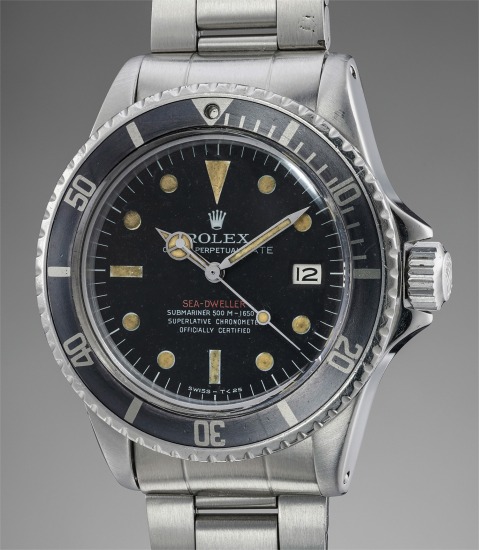






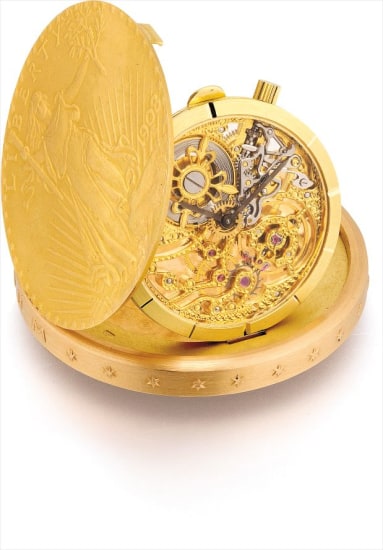
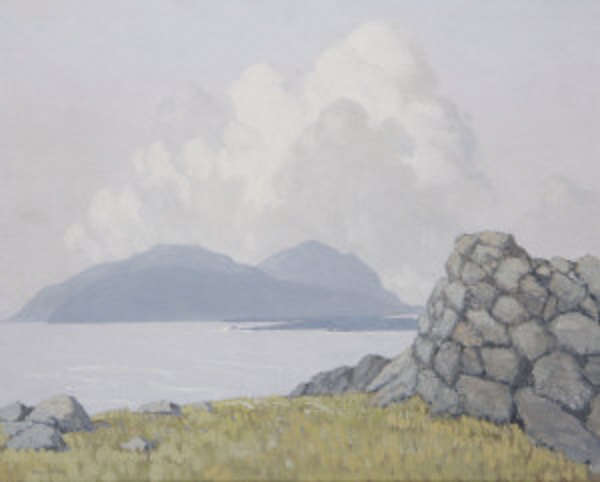
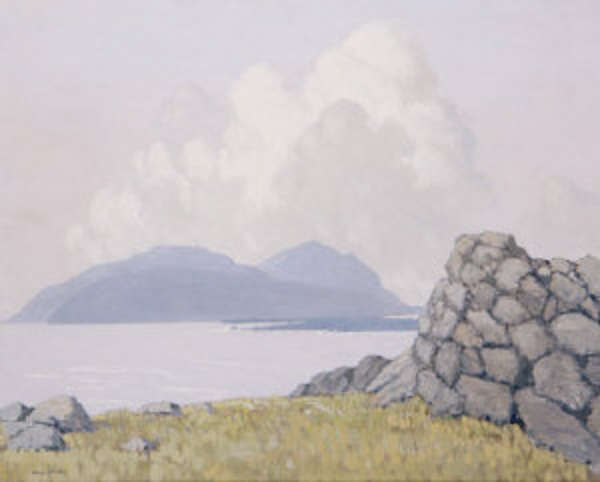
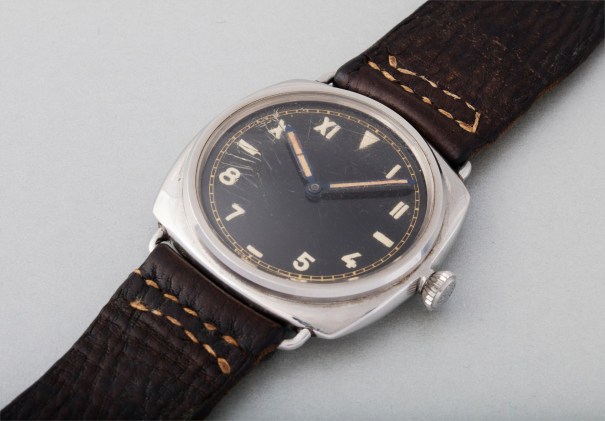
Testen Sie LotSearch und seine Premium-Features 7 Tage - ohne Kosten!
Lassen Sie sich automatisch über neue Objekte in kommenden Auktionen benachrichtigen.
Suchauftrag anlegen